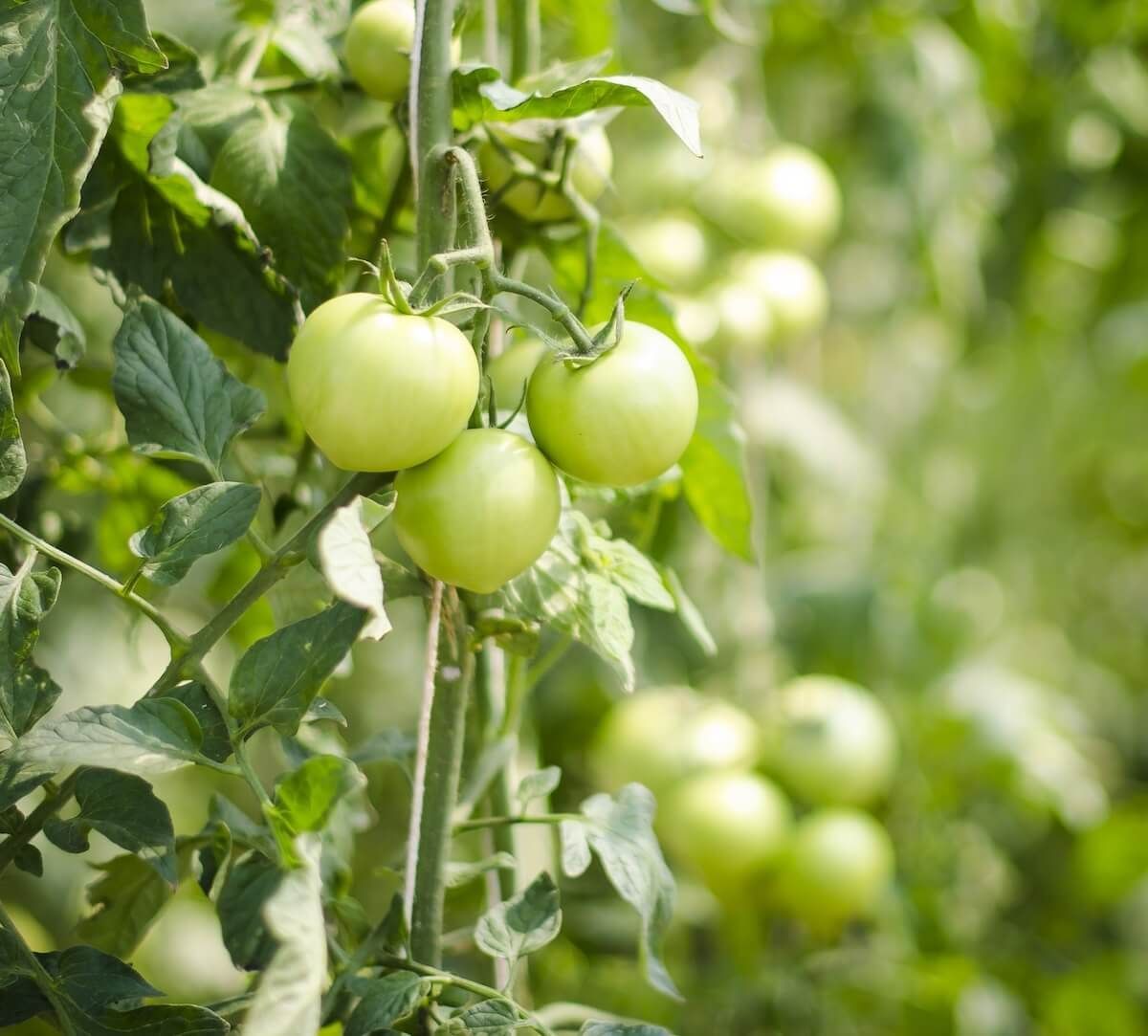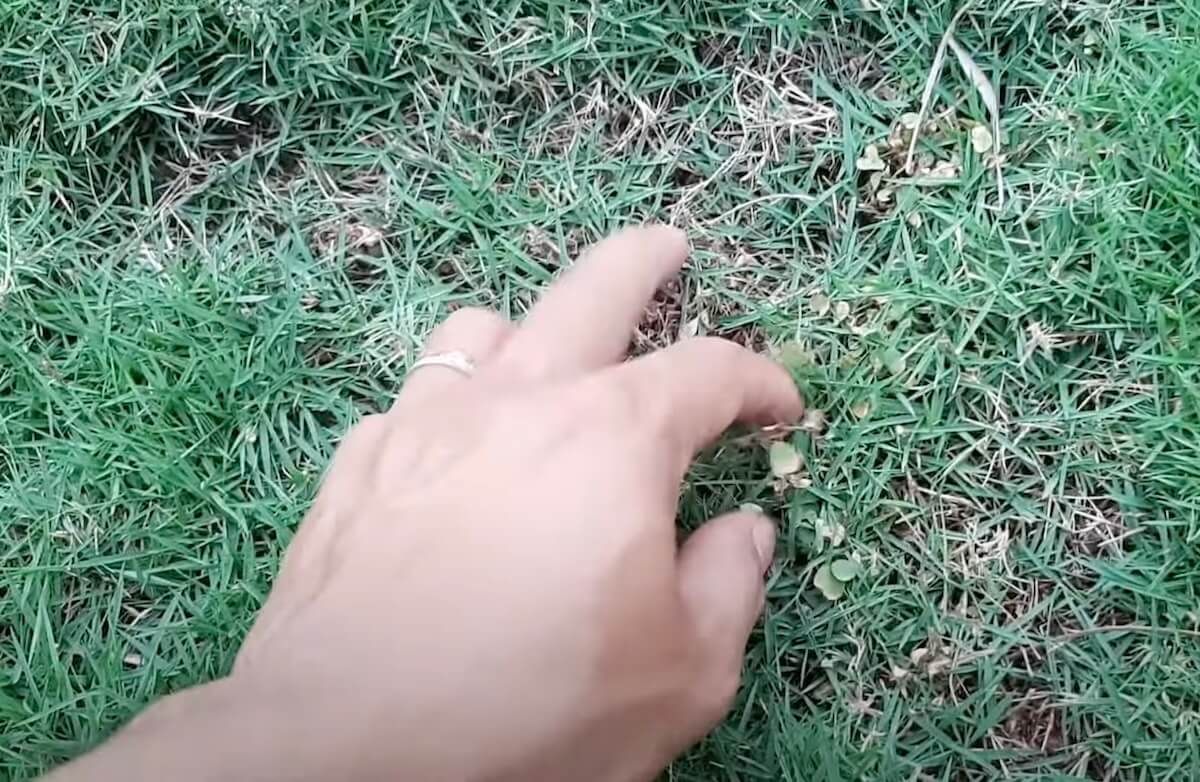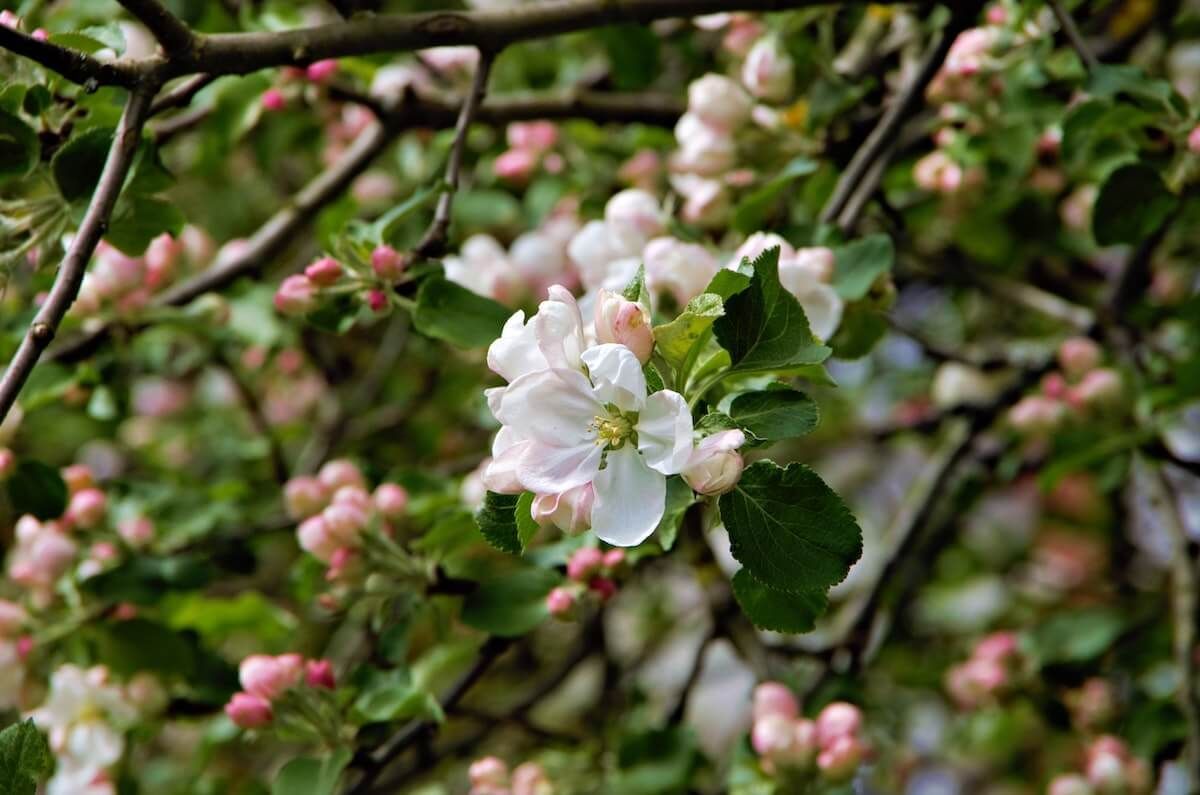Your Comprehensive Guide to Growing Tomatoes

Tomatoes are the unrivaled stars of the summer vegetable garden. Their varied sizes, shapes, colors, and flavors offer something for just about everyone and there is nothing better than a ripe tomato eaten right in the garden, still warm from the summer sun.
Tomatoes have their quirks, just like any other plant, but with a bit of know-how and some helpful resources, it won't be long before you're in your own version of tomato Nirvana. Let's get started.
Starting Out: Should You Buy Tomato Plants, or Start Your Own From Seed?
Whether you decide to grow your own tomato plants from seed or buy transplants is largely a matter of how much time you have as well as how devoted you are to babying tiny tomato plants off for several weeks.
On one hand, tomato transplants are available everywhere from big box stores to farmer's markets during the growing season, and are generally inexpensive.
If you're putting in a garden at the last minute, or it's within a month of your last frost date, it's too late to start your plants from seed. Buying transplants would be a good option.
But, if you want to experience the full impact of what the world of tomatoes has to offer, you really need to consider starting them from seed.
There are many more varieties, including hundreds of heirloom tomatoes than you can typically find in your local nursery. Garden centers only carry those varieties that sell well in their region, which is fine, because they are usually tried-and-true tomatoes.
But if you want to experience the deep, rich flavor of a "Black Krim," or the fruity pop of "Kellogg's Breakfast," you'll probably have to start your tomatoes from seed. It's not difficult, but it does take some planning, time, and attention, as well as some basic equipment.
Once you've got your tomato plants (and hardened them off, if you grew them indoors from seed) you need to prepare a spot in the garden for them. In general, tomatoes need:
- At least six hours of full sun
- Fertile, well-drained soil
- Plenty of room tomatoes should be spaced at least two feet apart
The best way to plant tomatoes is to plant deeply. Dig a hole (or a trench, if you can't dig deep enough in your soil) deep enough to accommodate both the root ball and the stem all the way up to the bottom-most set of leaves.
Really. If you do this, roots will grow all along the buried section of the stem, and your tomatoes will tolerate drought better and require less watering.
Growing Tomatoes in Containers
No garden? No problem. Tomatoes grow very well in containers. Choose a pot that is at least eighteen inches across and one foot deep to accommodate the roots and stem.
Fill the pot with good quality organic potting soil, or a mix of soil and compost, and plant deeply as you would in a typical garden bed. Place the pot in a sunny spot, and you're set.
The three most important things you can do for your plant are to water it correctly, feed it when necessary, and watch for pest and disease problems.
Watering
When you water your tomato plant, you should water it deeply. This will encourage h2 roots, and make your plant resistant to drought.
A tomato that is well watered is also less likely to suffer from blossom-end rot, which is caused in large part by poor watering practices. Water when the top inch or so of soil is dry.
Feeding
There are varied opinions on how to feed tomato plants, but I feed my tomatoes twice per season. At planting time, I add a handful or so of either cow or chicken manure to the soil in the planting hole.
When the plants start setting fruit, I give the plants a foliar feed of fish emulsion. This is in addition to planting the tomatoes in good soil that has been amended with compost. They really don't need any more than that.
Tomatoes are pretty carefree in the pest and disease department, but you should watch for signs of the most common issues, which include blight and tomato leaf spot, tomato hornworm, and blossom end rot.
Other issues, such as catfacing (which is common among many heirloom varieties) and cracking (which is related to changes in the amount of water the plants receive) are worth looking out for as well.
There you have it. Follow these guidelines, and you'll be harvesting that first delicious tomato in no time!
Catch the latest episode of Emeril Green for more information about how to cook your freshly-grown produce.
For more on growing your own food, check out our Greener Gardening feature How to Go Green: Gardening
More on Gardening:
Comprehensive Guide to Growing Tomatoes
















